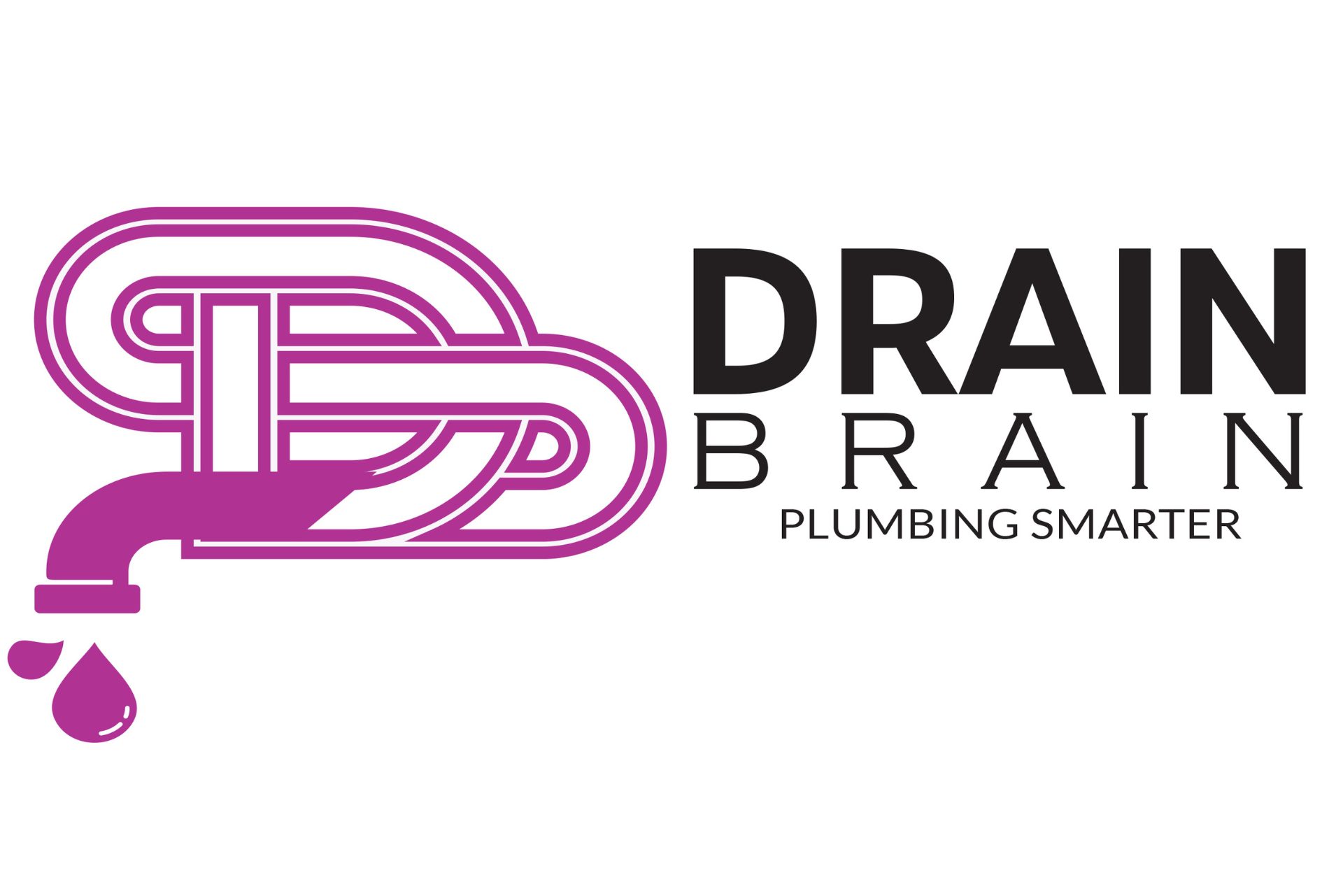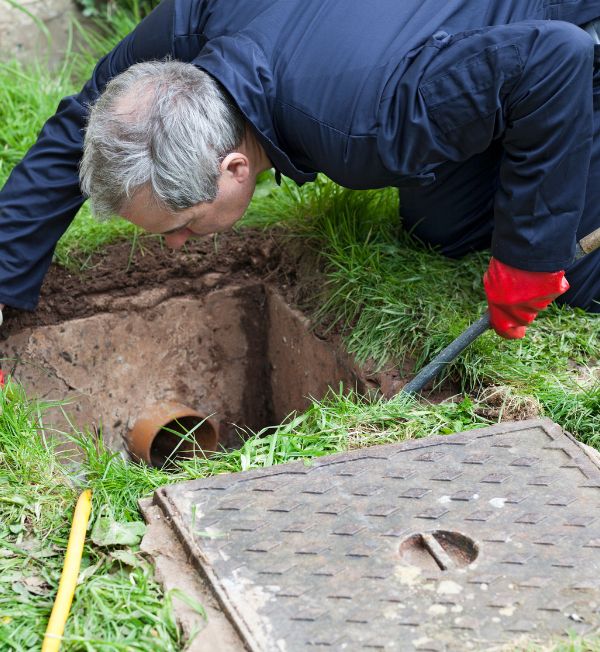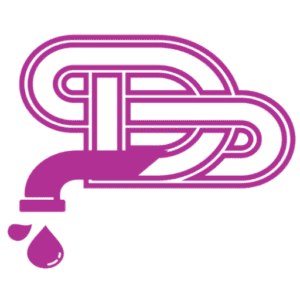Sewer Drain Maintenance: A Guide for Homeowners
Header Outline:
- Introduction
- Why Sewer Drain Maintenance is Important
- DIY Sewer Maintenance Tips
- Professional Sewer Maintenance
- Signs It’s Time for Sewer Maintenance
- Conclusion
Introduction: Sewer drain maintenance is an essential aspect of homeownership, helping prevent costly repairs, backups, and potential health hazards. In this guide, we’ll discuss the importance of proper sewer drain maintenance, share DIY tips, explain when to call a professional, and identify signs that indicate it’s time for maintenance.
Why Sewer Drain Maintenance is Important: Proactive sewer maintenance can save homeowners time, money, and frustration by preventing clogs, backups, and damage to the sewer lines. Regular maintenance also helps prolong the life of your sewer system and protect your home’s value.
DIY Sewer Maintenance Tips:
- Use drain screens
- Avoid pouring grease and oils down the drain
- Be mindful of what you flush
- Regularly clean drains with a safe drain cleaner
Professional Sewer Maintenance: While DIY maintenance is essential, homeowners should also schedule regular professional inspections and cleanings. Plumbers have the tools and expertise to identify potential issues and perform thorough cleanings, ensuring your sewer system remains in optimal condition.
Signs It’s Time for Sewer Maintenance:
- Slow-draining fixtures
- Foul odors
- Frequent clogs or backups
- Lush patches of grass near sewer lines
- Foundation cracks or sinkholes
Conclusion: Proper sewer drain maintenance can save homeowners from the headaches and expenses associated with sewer backups and system failures. By following our DIY tips and scheduling regular professional maintenance, you can keep your sewer system functioning optimally and protect your home and family from potential hazards.



